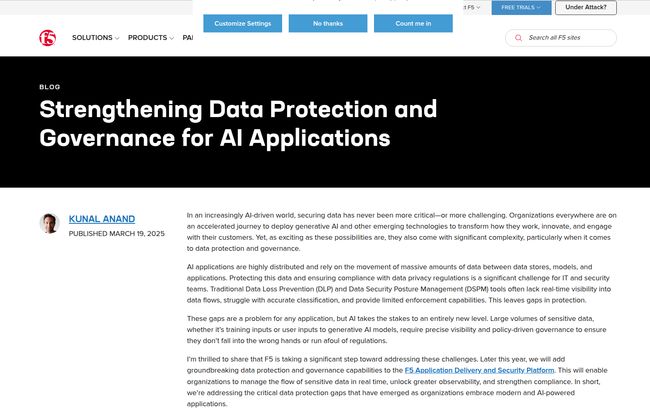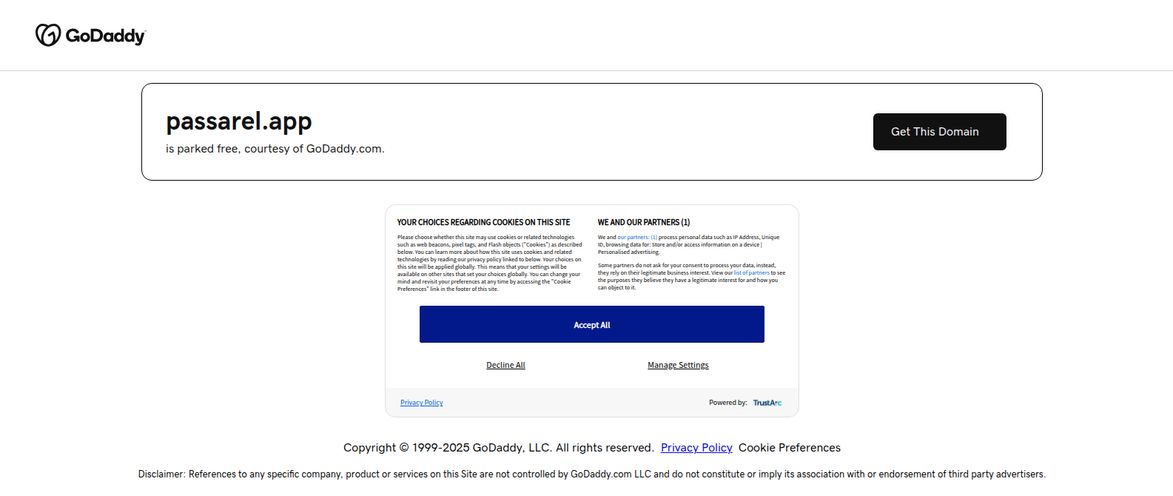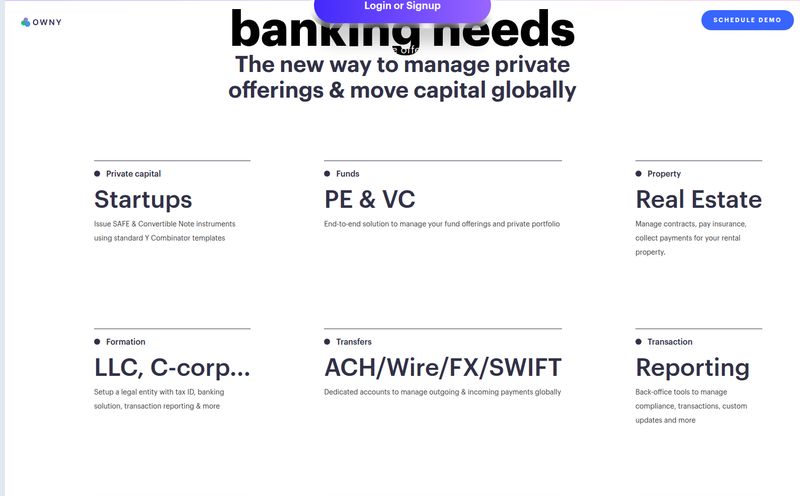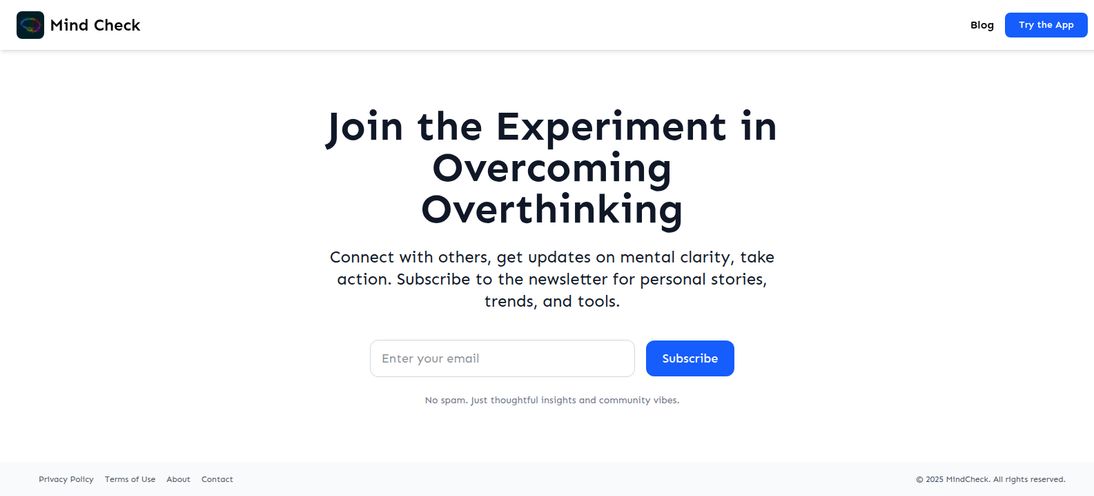If you’ve been in the tech trenches for more than a decade, the name F5 probably brings a very specific image to mind. Racking and stacking servers in a chilly data center, the satisfying click of an ethernet cable, and the steady, reliable hum of a BIG-IP load balancer doing its thing. For years, F5 was the traffic cop of the internet, the undisputed king of making sure your web app didn’t fall over when more than ten people visited it at once.
But let's be honest, the internet isn't that simple place anymore. It’s a chaotic, sprawling, multicloud beast. Our applications are no longer neat monoliths; they're constellations of APIs, microservices, and now, AI-powered engines that are incredibly powerful and, frankly, incredibly leaky when it comes to data.
So, I had to ask myself recently: where does a classic player like F5 fit into this new world? I’ve been watching them for a while, and it’s clear they've been making some big moves. They're not just directing traffic anymore; they’re trying to be the full-service security detail for the entire application journey. And their latest focus on AI has really caught my attention.
So, What Exactly Is F5 in 2025?
Let's get this out of the way. Yes, they still do application delivery. But the mission statement has gotten a whole lot bigger: Deliver and Secure Every App and API Everywhere. That last part is the kicker. It’s a shift from being a piece of hardware in a rack to being a security and performance fabric stretched across hybrid and multicloud environments.
Think of it less like a bouncer at the front door and more like a high-tech security system with guards, cameras, and sensors in every single room of your digital mansion. This includes everything from a powerful Web Application and API Protection (WAAP) suite to secure networking across different cloud providers and even a Zero Trust approach. It’s a comprehensive, if slightly intimidating, portfolio.
The New Frontier: Tackling the AI Data Problem
The real story, and what prompted me to write this, is F5's pivot towards securing AI applications. I saw a recent post from their Chief Innovation Officer, Kunal Anand, that really crystallized their strategy. He said:
"We're addressing the critical data protection gaps that have emerged as organizations embrace modern and AI-powered applications."
This isn't just marketing fluff. Anyone working with Large Language Models (LLMs) or other AI tools knows the terror of sensitive data accidentally ending up in a prompt or training model. It's a compliance nightmare waiting to happen. The massive flow of data between users, apps, and AI models creates a huge, poorly-monitored attack surface.
The LeakSignal Acquisition is the Secret Sauce
How are they planning to do this? A big piece of the puzzle is their acquisition of a company called LeakSignal. This wasn't just F5 buying a smaller company for its talent pool; it was a strategic injection of some seriously needed tech. LeakSignal specializes in what I’d call “data-in-motion” security.
Instead of waiting for a data breach report, their tech is designed to be integrated directly into the application stack. It provides a few key things that are critical for the AI era:
- Real-time data classification: It can actually identify sensitive data (like PII, financial info, health records) as it’s being sent to an endpoint or an API. It knows the difference between a cat picture and a credit card number.
- Policy-driven enforcement: Based on that classification, it can enforce rules. So, if an unauthorized user tries to send customer PII to an external AI model, the system can just… block it. Simple as that. This moves security from a reactive to a proactive stance.
- Continuous monitoring: It provides an ongoing audit trail of what data is going where. This is gold for governance and compliance teams who are trying to navigate the murky waters of GDPR, CCPA, and whatever regulations come next.
This is essentially F5 bolting modern Data Loss Prevention (DLP) and Data Security Posture Management (DSPM) capabilities directly onto their application delivery platform. And honestly, it's a smart play.

Visit F5
A Peek at the Broader F5 Ecosystem
While the AI security piece is the shiny new object, it sits within a much larger ecosystem. You can't just secure the AI component in isolation. The whole application delivery chain needs to be solid. F5's portfolio aims to cover this with a few core pillars:
Web Application and API Protection (WAAP): This is the evolution of the classic Web Application Firewall (WAF). It's about protecting against OWASP Top 10 threats, bot attacks, DDoS, and securing those all-important APIs that stitch our modern apps together.
Secure Multicloud Networking: A lot of companies I work with are not just on AWS or Azure; they’re on both, plus Google Cloud and their own on-prem data centers. F5 provides the networking glue to connect and secure applications across these disparate environments, which is a massive headache for most Ops teams.
Zero Trust: Ah, Zero Trust. The industry's favorite buzzword. In F5's world, it means moving beyond the old castle-and-moat model. Instead of trusting anything inside the network, it authenticates and authorizes every single request, whether it's a user, a device, or an application service trying to talk to another. It's a pain to implement, but it's where security is headed.
Let's Be Real: The Good, The Complex, and The Price Tag
Okay, so it all sounds pretty impressive on paper. But as a professional who has to make recommendations to clients, I always look for teh gotchas. In my experience, no platform is perfect.
The biggest advantage of F5 is that it’s an incredibly comprehensive suite. If you're a large enterprise and you buy into their vision, you can solve a lot of problems with a single (albeit massive) vendor. The integration of security deep into the application delivery path is a powerful concept.
However, that comprehensiveness is a double-edged sword. These are not simple, plug-and-play products. Getting the most out of the F5 platform requires real expertise. This isn't something you hand off to a junior admin. You'll likely need dedicated staff or professional services to get it all humming correctly.
And then there's the price. You'll notice if you go to their website that pricing information is... well, it’s not there. This is typical for enterprise-grade solutions. It's a "if you have to ask, you might not be able to afford it" situation. You'll be talking to a sales rep to get a custom quote based on your specific needs, and some features will almost certainly be add-on modules that increase the cost. They do offer free trials for some products, which I highly recommend using to see if it's a fit before you even think about signing a contract.
So, Who Is This Really For?
After digging in, my take is this: F5's modern platform is not for the small startup bootstrapping on a credit card. It's built for established enterprises, financial institutions, healthcare organizations, and government agencies. It's for companies that have complex, hybrid, and multicloud application environments and for whom security and compliance are non-negotiable business requirements. If you're wrestling with securing legacy apps while also trying to innovate with AI, F5 is making a very compelling argument to be on your shortlist.
Frequently Asked Questions about F5
What is F5 primarily used for today?
Today, F5 is used for a combination of application delivery and application security. This includes traditional load balancing, but also advanced Web Application and API Protection (WAAP), multicloud networking, and data security for modern applications, including those using AI.
How does F5 help with AI security?
Through its acquisition of LeakSignal and new integrations, F5 helps secure AI applications by providing real-time data classification and Data Loss Prevention (DLP). It can identify and block sensitive data from being improperly sent to or used by AI models, helping prevent data leaks and ensure compliance.
Is F5 a WAF?
Yes, and more. F5 offers a Web Application Firewall (WAF) as part of its broader Web Application and API Protection (WAAP) solution. It protects against common web exploits, bot attacks, and other threats to both websites and the APIs that power modern apps.
Is F5 still just a load balancer?
No. While F5's BIG-IP load balancers are still a core product, the company has expanded significantly. They now offer a wide range of security and application services designed for complex, multicloud environments.
How much does F5 cost?
F5 does not publish standard pricing for its enterprise products. Pricing is custom-quoted based on the specific products, modules, and scale you require. You need to contact their sales team for a quote, though free trials are available for some solutions.
Final Thoughts
It's always interesting to see a legacy giant evolve. Some do it well, others just fade away. F5 seems to be making a genuine effort to tackle the very real, very current problems that its enterprise customers are facing. Their move into AI data governance isn't just a trend-chasing exercise; it feels like a necessary extension of their core mission. They’re still a big, complex, enterprise solution, but in a world where application security is more critical than ever, they are definitely a player you can't afford to ignore.
Reference and Sources
- F5 Blog: Strengthening Data Protection and Governance for AI Applications
- F5 Free Product Trials
- National Institute of Standards and Technology (NIST) - Mentioned in the F5 blog post as a source for pioneering data protection standards.



